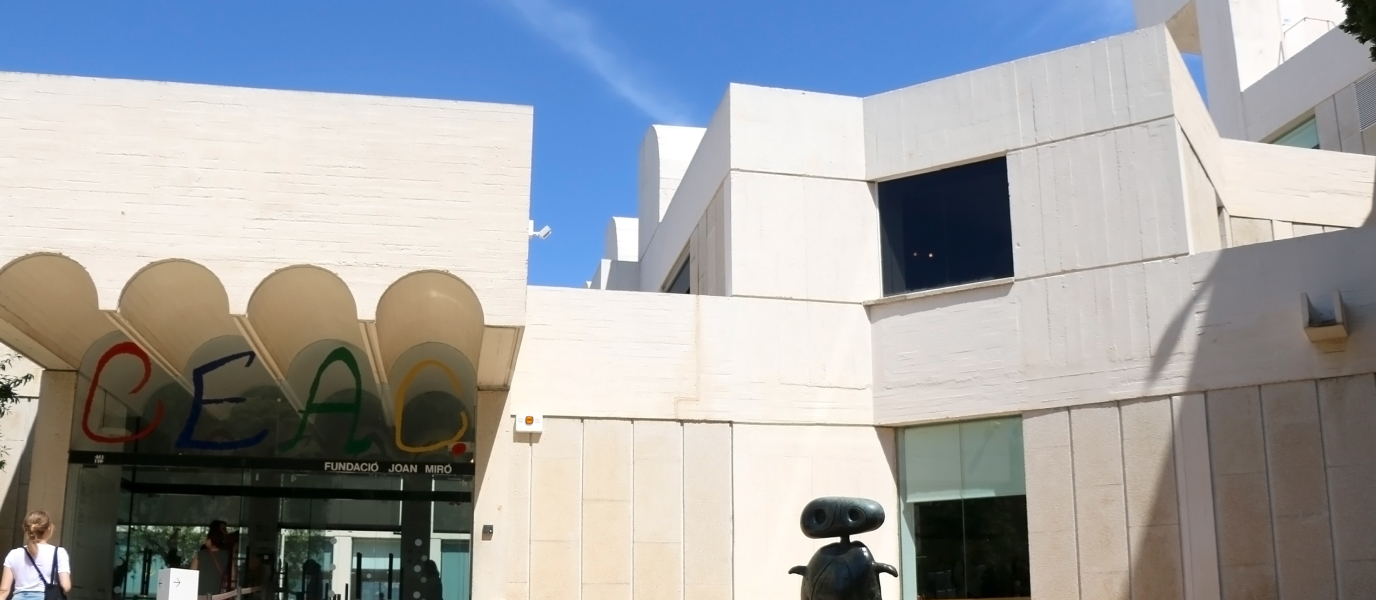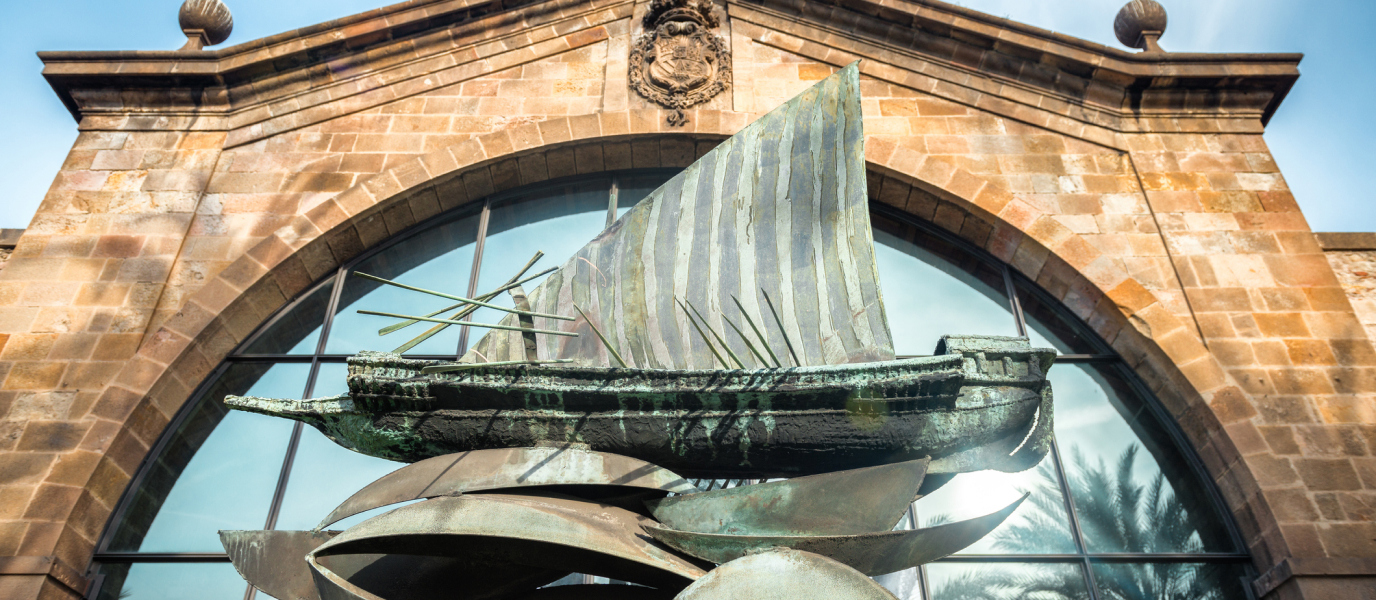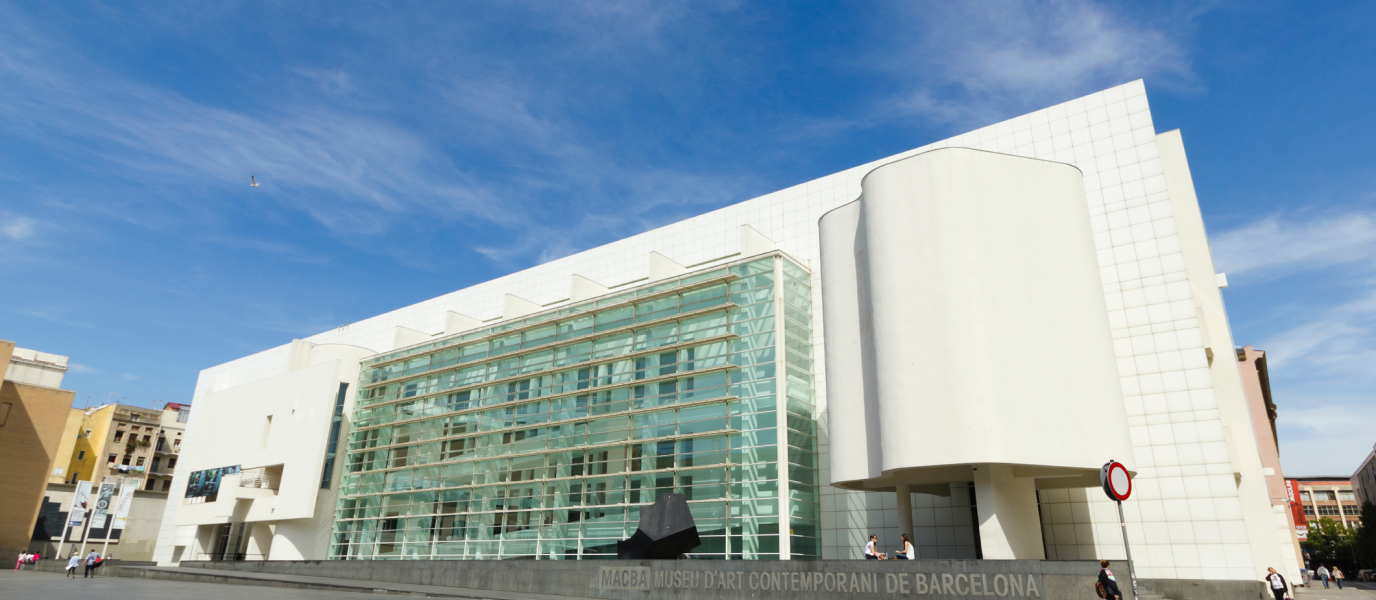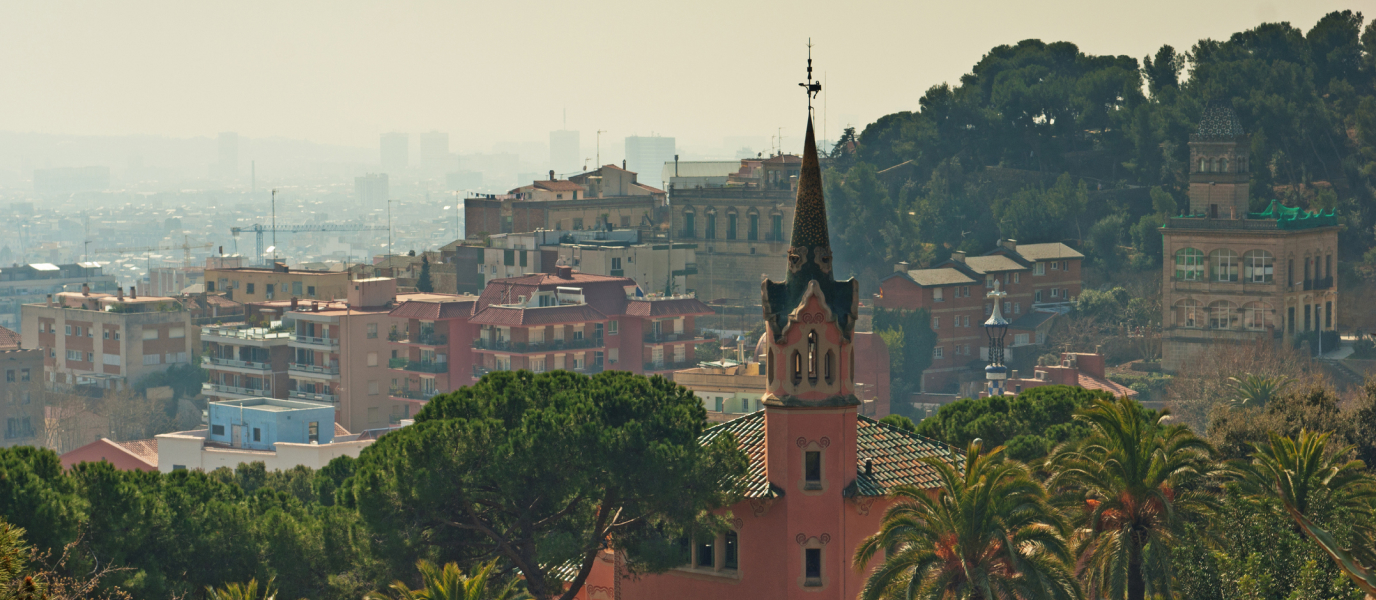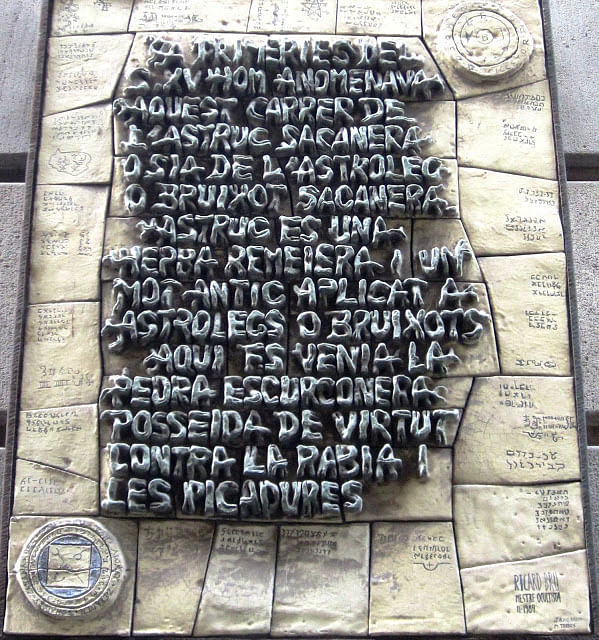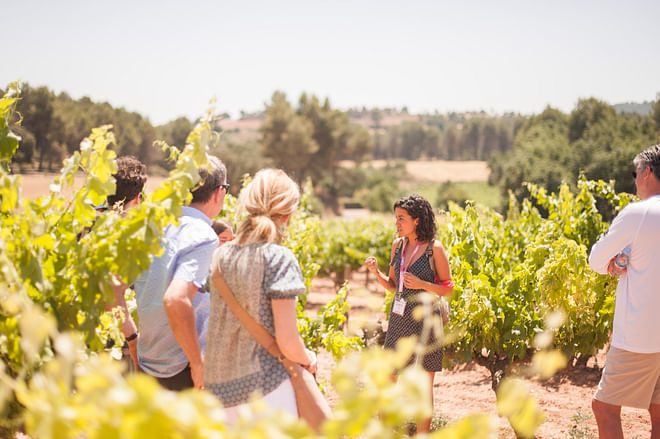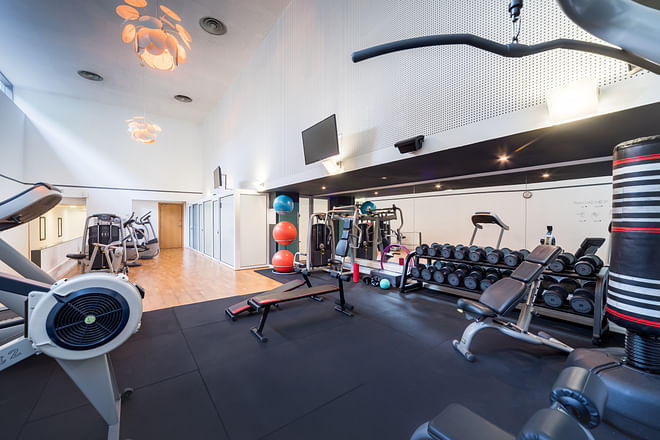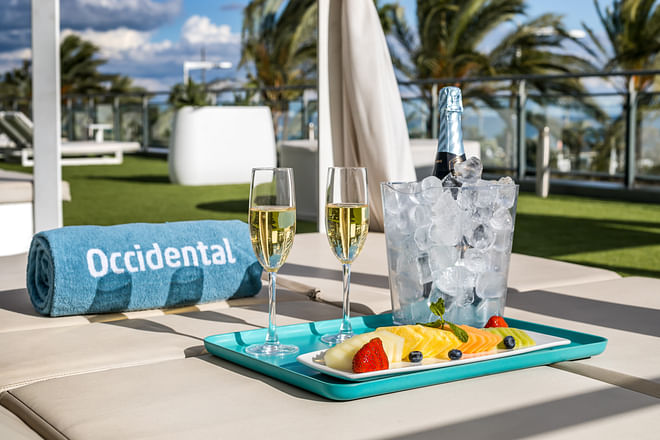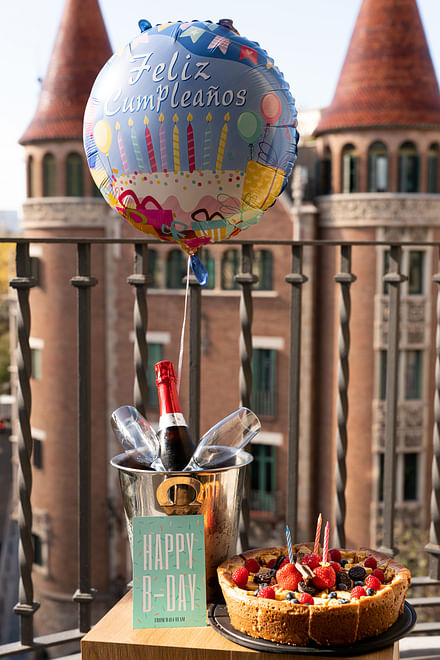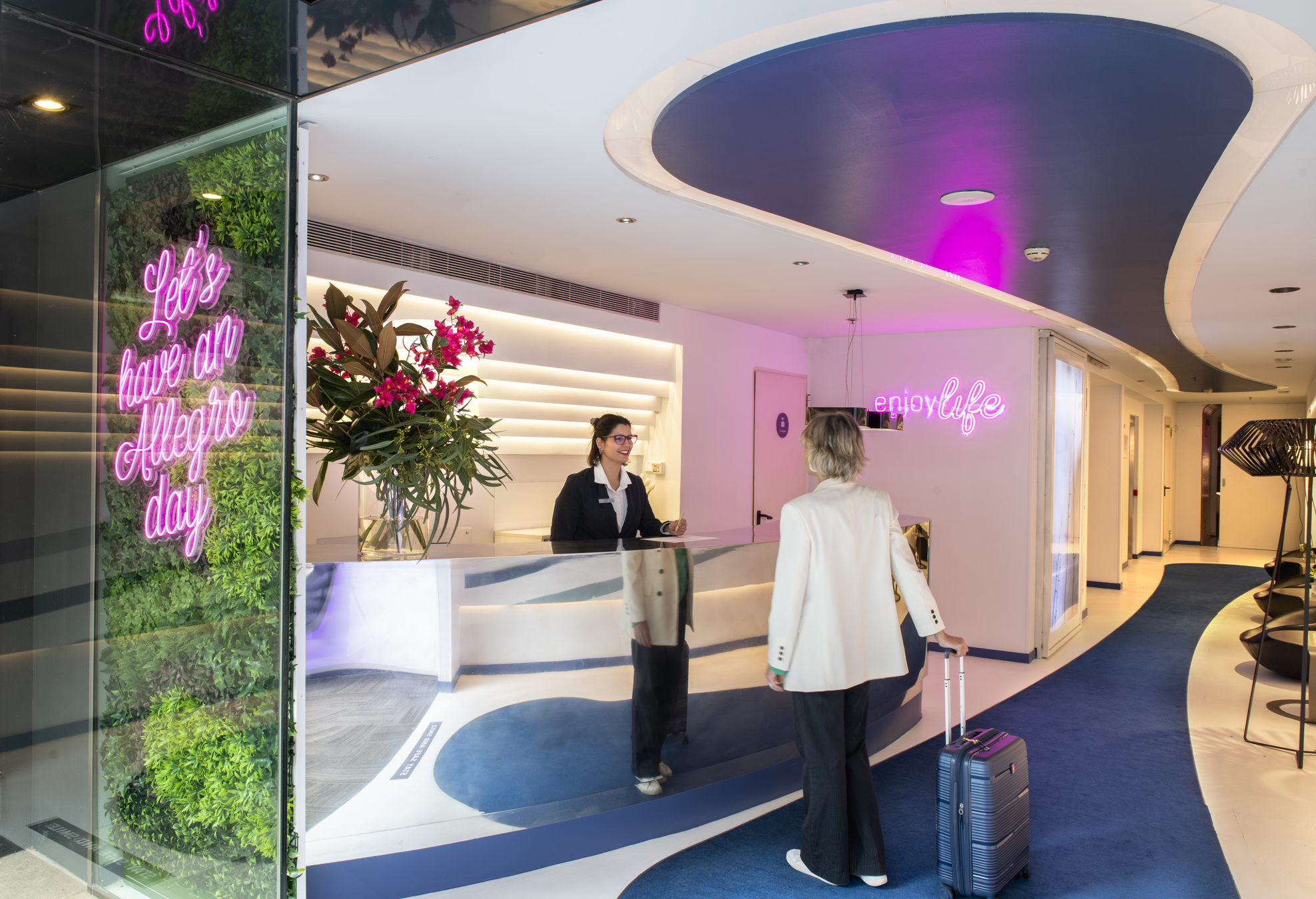To get in-depth knowledge on Joan Miró, one of the most important Catalan artists of the twentieth century, all you have to do is visit the foundation that bears his name and houses a large part of his work. The foundation, created by the painter himself from his own private collection, was designed to be the largest space in the world dedicated to the artist. In addition to exhibiting his work, it also conducts studies into contemporary art and promotes research. Since 1975 it has stayed true to its objectives and is a must-visit for fans of art visiting Barcelona.
Who was Joan Miró
In addition to being a distinguished son of the Catalan capital and a renowned international artist, Miró was also one of the leading exponents of surrealism. Although he was born in Barcelona in 1893, his spells away from the city, above all in Mont-roig, Paris, Mallorca, New York and Japan, are what shaped him the most. Each one of these distinct places and encounters with other types of art and thinking had a profound effect on his career. Not one usually given to rebellion in his public expressions, it was through art that Miró showed his true thoughts. His particular style has also influenced the work of countless artists from subsequent generations.
How the Joan Miró Foundation began
Once the painter, sculptor, ceramicist and printmaker had decided to create a foundation, the next step was choosing the right space. For this task, Joan Miró placed his trust in Josep Lluís Sert, who, in addition to being a good friend, was an architect and urban planner. Having trained in Barcelona and Paris, he learnt about rationalist architecture at Le Corbusier’s studio and was one of the leading exponents of avant-garde architecture in Catalonia. If you’re interested in this type of architecture, be sure to also check out some of his other projects, such as the apartment building on Carrer de Muntaner and the Tuberculosis Clinic (Dispensario Central Antituberculoso).
The building that houses the Fundació Joan Miró is situated on Montjuïc hill and is one of the most important rationalist constructions in Barcelona. On the outside its most surprising features are its undulating forms and omnipresent white colour. The architect designed the space around a central courtyard, around which the exhibition rooms, various skylights and a rooftop terrace are distributed. Inside, the layout has been so carefully planned that you never need to cross the same room twice whilst making your way through the collection. The museum’s different levels also provide various perspectives of the works depending on where you view them from.
The museum is regarded by the experts in this field as one of the few buildings in which an artist has collaborated so closely with an architect to create a space for their own body of work. The rooms and courtyards of this art gallery adapt to the creative needs of a particular painting or sculpture. It was awarded the Council of Europe Museum Prize in 1977 and the Twenty-five Year Award in 2002.
A decade later, from 1988 to 2000 the building was enlarged to increase the space and make room for other services such as the library and the auditorium. The extension was overseen by Jaume Freixa, a pupil and friend of Josep Lluís Sert, following the architect’s initial drawings.
The work of Miró
Fundació Joan Miró, considered the first contemporary art museum in the city, not only displays avant-garde art but also offers a comprehensive educational programme. Studies centre on the work of Miró and collaboration with other museums, with which it organises temporary exhibitions establishing dialogue with various artists. It should also be acknowledged for the support it offers to young people with artistic tendencies toward experimentation.
The permanent collection is divided into nine spaces, each showing part of the artist’s work. The collection is composed of 217 paintings, 178 sculptures, four ceramic pieces, nine textile works, some 8,000 drawings and a great deal of graphic work. In total, it boasts over 14,000 works, which for the most part were donated by the artist himself, in addition to his wife Pilar Juncosa, various relatives, Joan Prats—a friend of Miró who encouraged the idea of a foundation—and Kazumasa Katsuta. At a later date, other donors also ceded their works so that the talent and creativity of Miró can be enjoyed by all.
Visits to the museum take you on a journey through the artist’s life, spanning his formative years to the large-scale paintings that he made towards the end of his life. If you’re short on time, you’ll find a section of Miró’s major works on the website, some selected for their meaning—for example those related to the Spanish Civil War—and others—such as those from the sixties—for the sheer amount of colour they use.
Visiting the foundation
The museum’s setting in the natural surroundings of Montjuïc hill, in the vicinity of other museums, makes it an essential place to visit for fans of contemporary art. The foundation fosters knowledge about both the artist and the building that houses his work, and, as a result, regularly organises guided tours that we recommend you sign up for.
Not only are school groups and families welcome at the Fundació Joan Miró, but it also offers workshops and shows to make the most of visits. Other visitors can enjoy special activities and guided exhibitions that help to familiarise the public with the artist.
The foundation has a library specialising in the artist’s work, as well as architecture, contemporary art and design. In addition to books, it also sells other types of publications, posters and more. Last but not least, the museum also boasts a restaurant with a lovely terrace and garden. It is the perfect place to round off your visit to the Fundació Joan Miró whilst sampling the Mediterranean-fusion dishes on its menu.
More works by Miró in Barcelona
If, after viewing the work of Miró, you’ve been left with an urge to see more, you’re in luck, as the city is home to some other interesting pieces. To start with, you’ll need to head to Parc de Joan Miró where his Woman and Bird sculpture is located. Meanwhile, on Las Ramblas there is a mosaic by the artist in front of the Pla de la Boqueria, and Terminal 2 of El Prat airport boasts a huge ceramic mural that welcomes visitors arriving in Barcelona.




































































